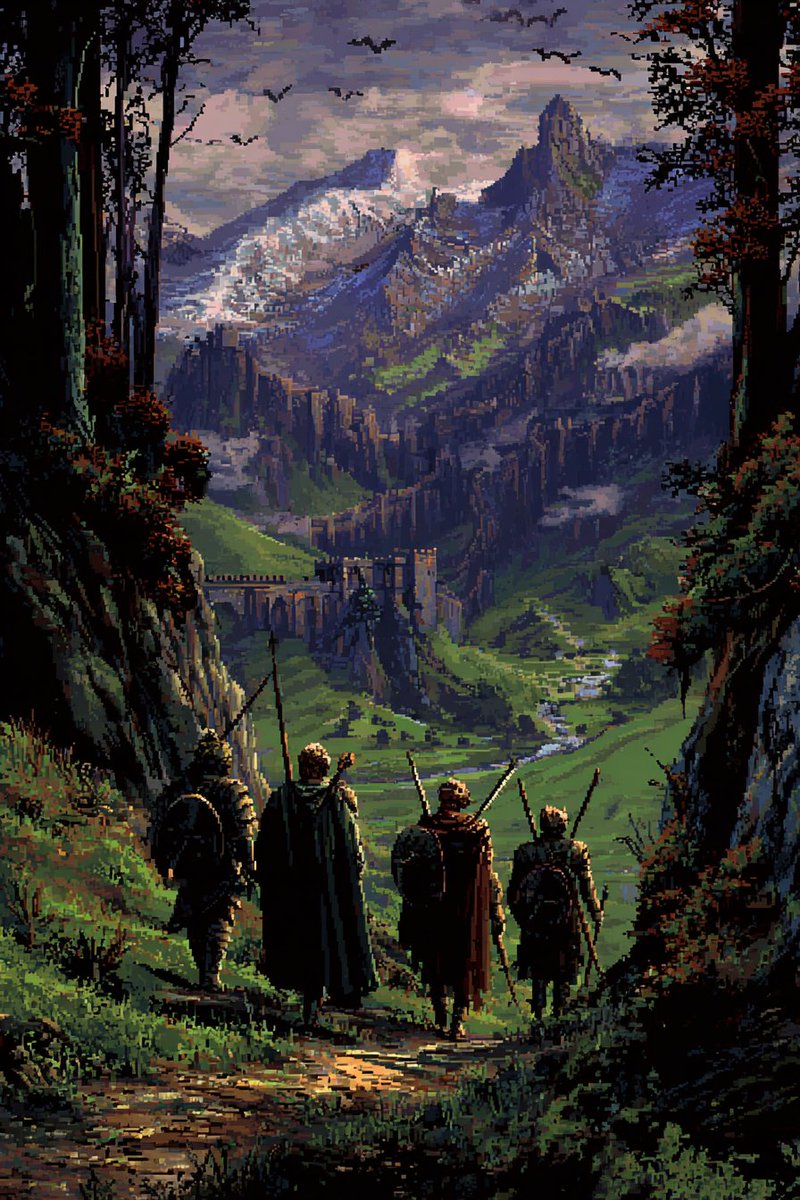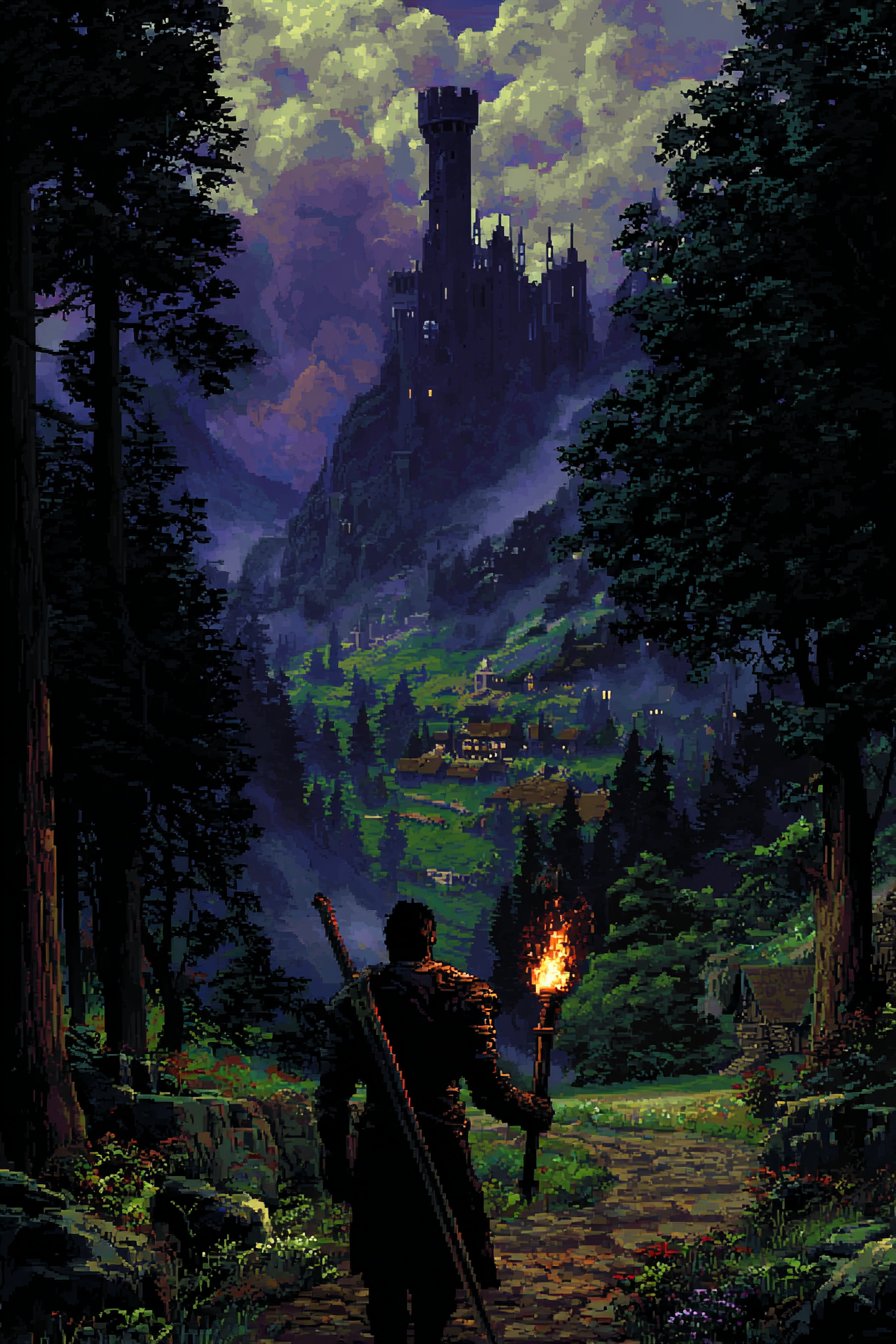Game Dev
The GameDev section showcases our ongoing AI-driven RPG project. It is an offline, pixelated medieval RPG set in a 3D world. The game starts with minimal functionality, giving players a glimpse of the world and basic mechanics. Every week, the AI adds new features, content, or systems, gradually expanding the experience and making the world more complete.
This page highlights the evolution of the game over time, showing how automation can create, test, and improve complex gameplay without human intervention. Each update reflects the AI's growing understanding of the game world, demonstrating a continuous process of improvement and experimentation.

